TAXILA
‘CITY OF CUT STONE’
ਜੋ ਮੌਜਾਂ ਛਜੂ ਨੇ ਚੁਬਾਰੇ
ਨਾ ਬਲਖ ਨਾ ਬੁਖਾਰੇ
East or West home is the best.
25km northwest of Rawalpindi in modern day Pakistan, the ancient city of Taxila was a central junction in the trade routes that criss-crossed
Central Asia and the Indian subcontinent. Excavations that began in the mid-nineteenth century revealed the changing influences of Persian,
Greek and central-Asian empires that ebbed and flowed through the region over hundreds of years, even witnessing Alexander the Great’s conquest of the region. Evidence of early Neolithic, Bronze Age and Iron Age settlements have been found in the prehistoric Saraikala mound, whereas the excavations of the Bhir mound have uncovered the ancient streets, walls, and building foundations that were constructed by the Achaemenians during the 6th century BCE.

Video Courtesy
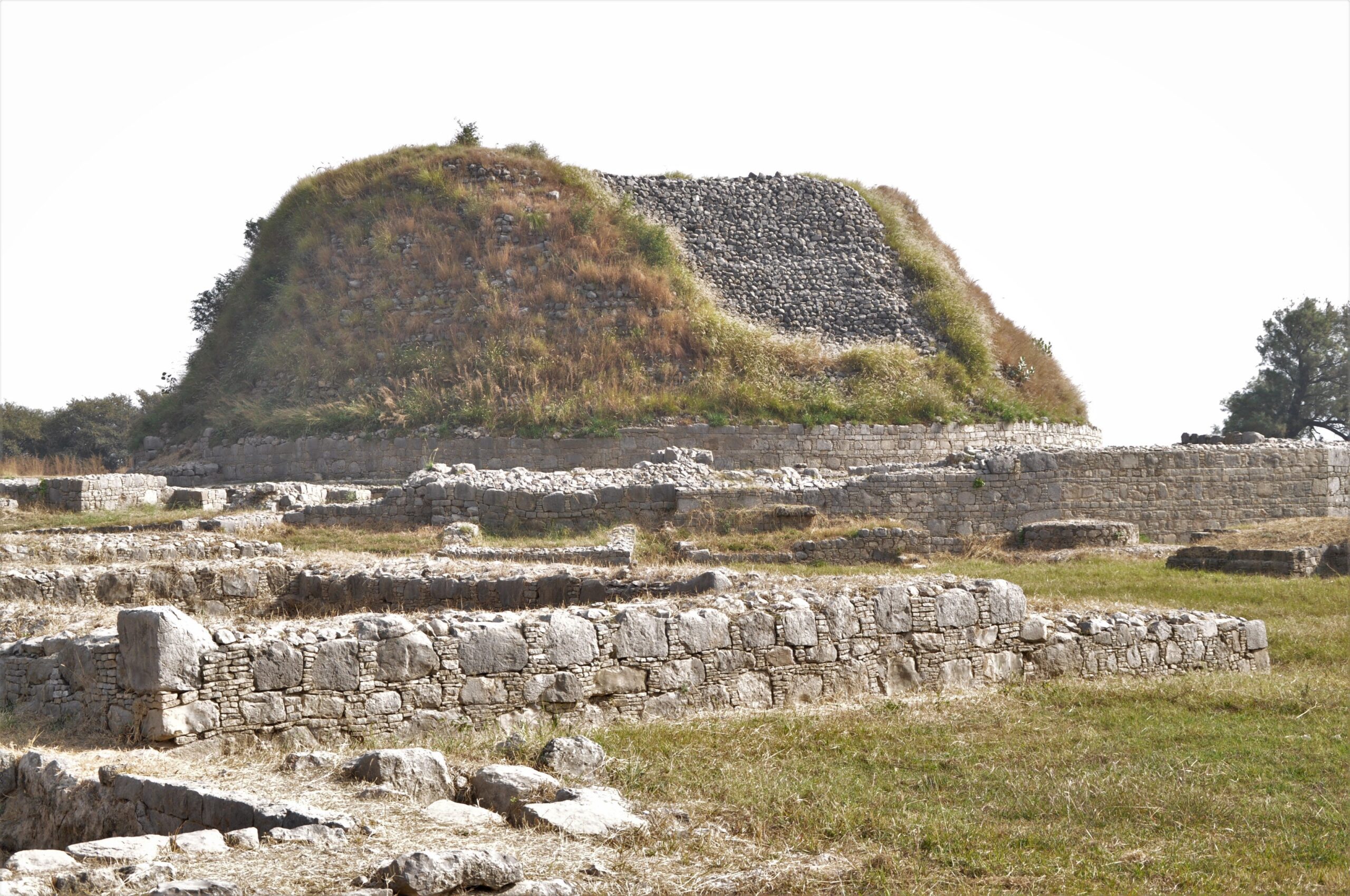
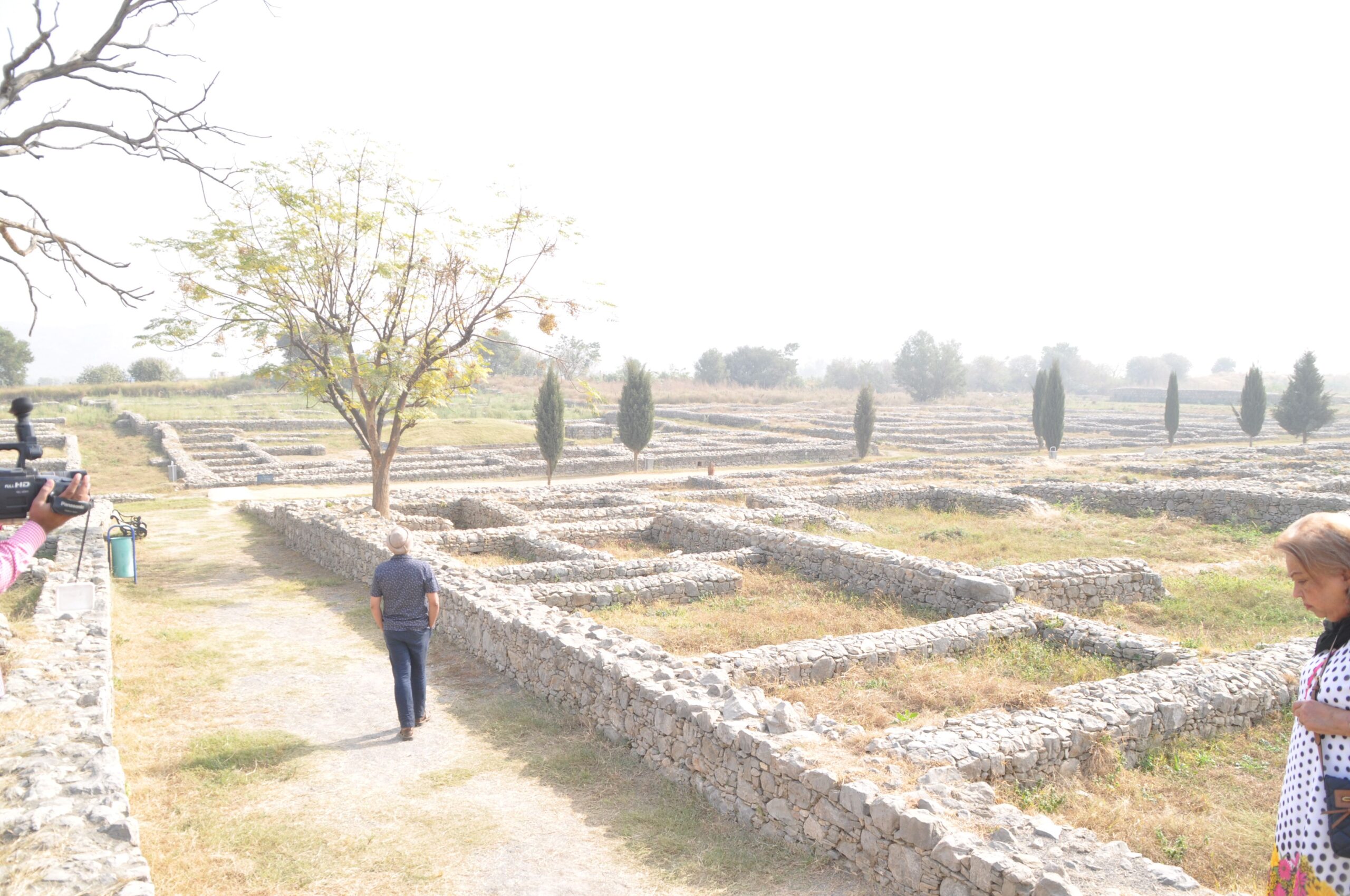
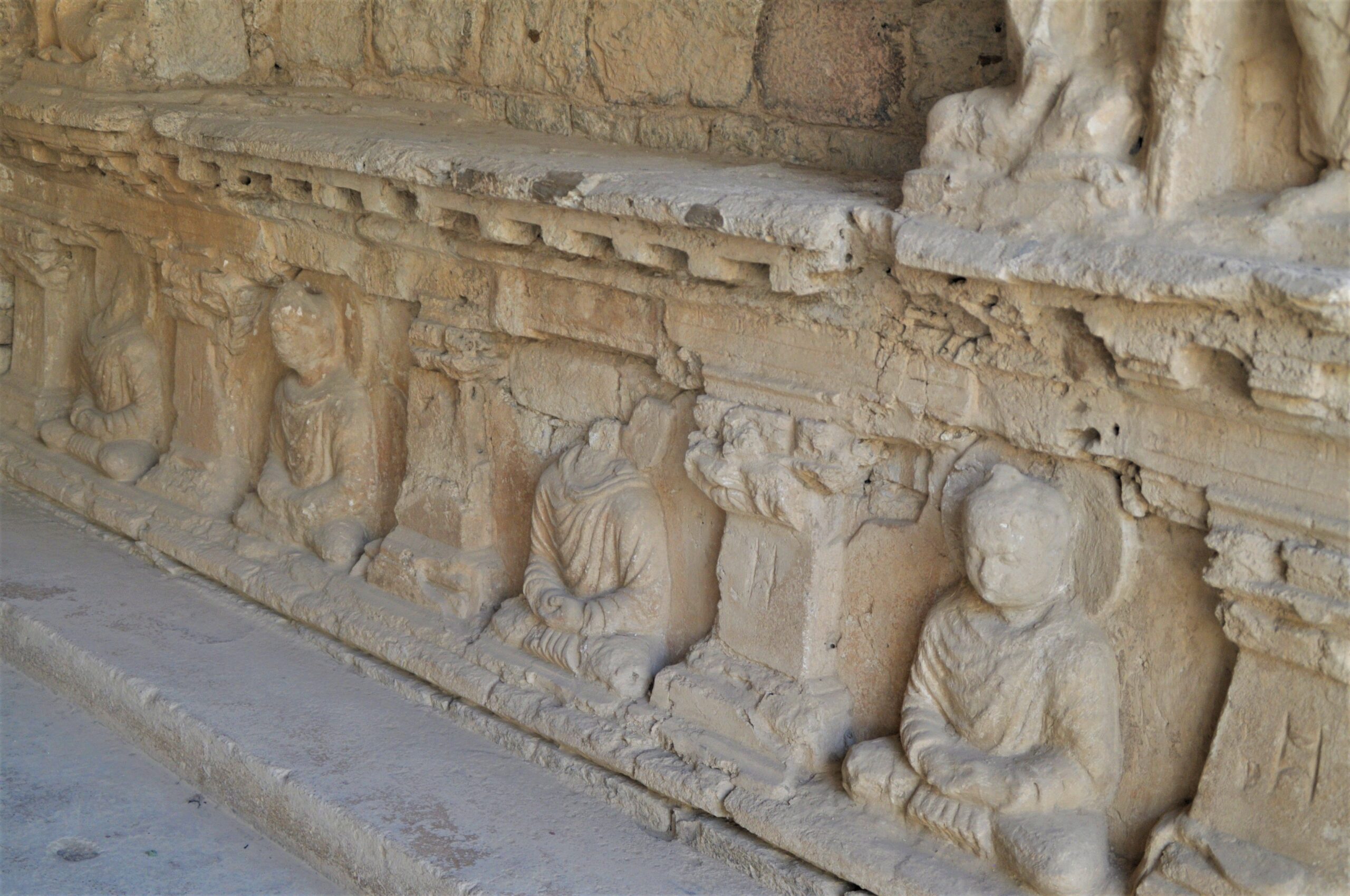
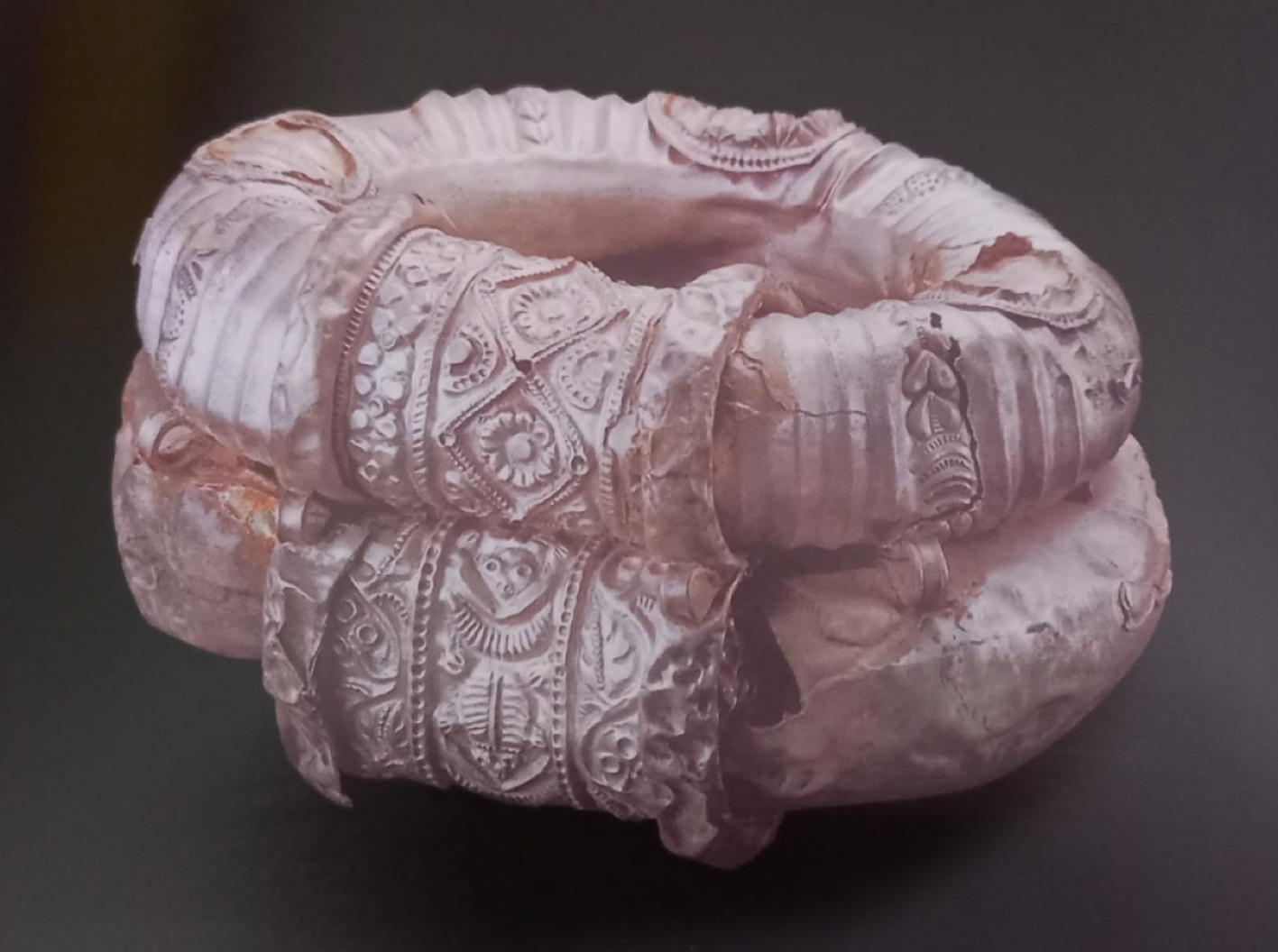
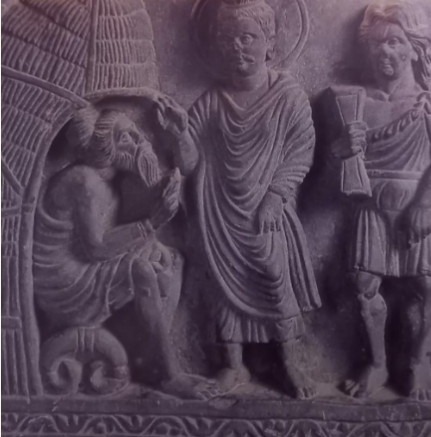
Dating from the 10th century BCE, Taxila was home to one of the first Universities in the world. Students studied linguistics, astronomy, law and philosophy as well as Vedic scripture and medicine. The University survived through different conquests in the area, until the defeat of King Toromana in somewhere between 510 and 515 CE meant that the University was destroyed.
Although the Taxila site has been a UNESCO Site of Outstanding Universal Value since 1980, a 2010 report by the Global Heritage Fund highlighted concerns over the corrosive effects of war, looting, natural disasters and a lack of care for the site. There have been significant efforts at preservation over the past decade, which have helped to ensure Taxila’s unique value and popularity with tourists.